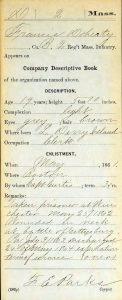
I have a distinct memory of my dad picking me up from daycare and presenting me with two of the loveliest books I had ever seen: The World of Christopher Robin and The World of Pooh, by A.A. Milne. At the time, my dad was a member of Quality Paperback Book Club, a division of Book of the Month Club. Members were required to purchase a certain number of books each year. There was a monthly mailing, but members did not have to make a purchase each month. Quality paperbacks indeed – the books were large with many cream-colored pages, and my dad had gotten them with the intention of reading them to me. I was bursting with happiness. Continue reading Revisiting a classic








